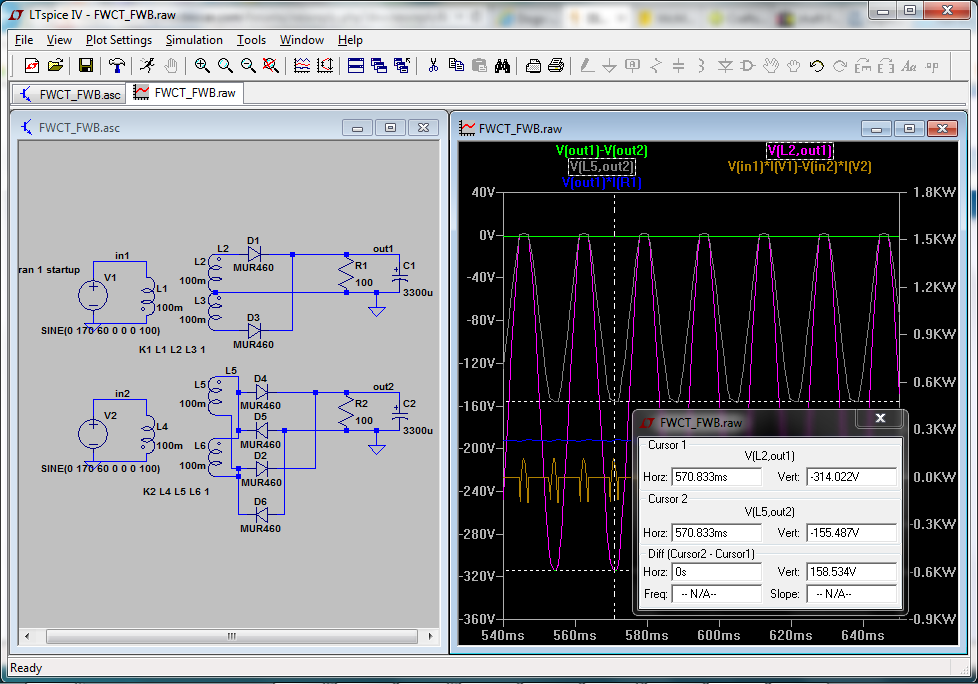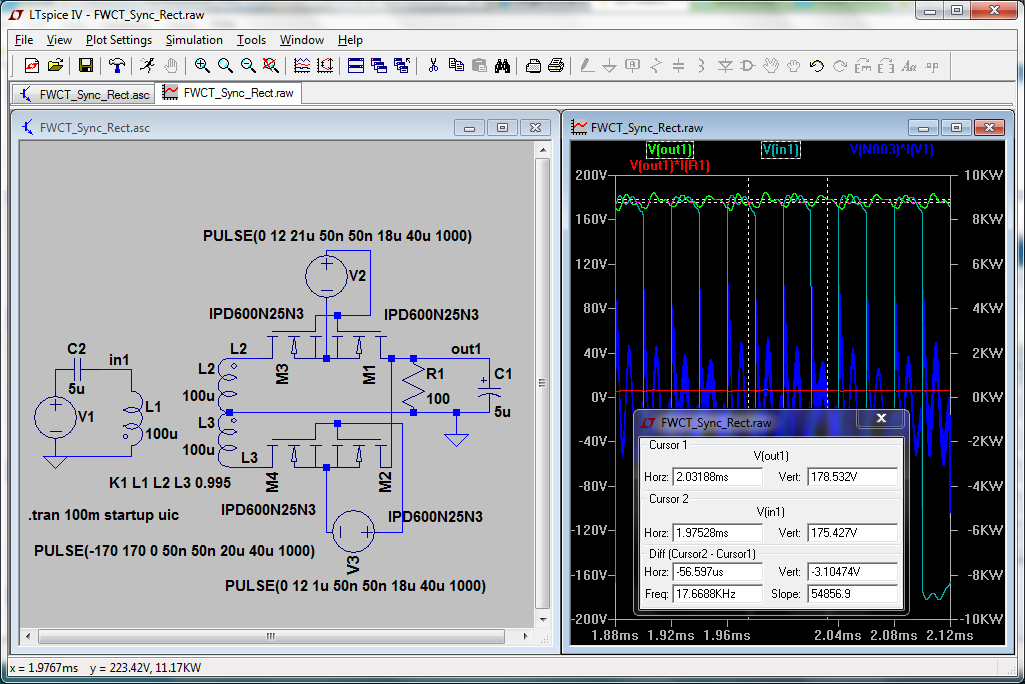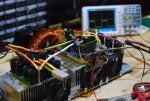Hi Guys -
some of you might have seen our 1,500-post thread on open source 12kW charger. http://www.diyelectriccar.com/forums/showthread.php/10kw-60a-diy-charger-open-source-59210.html
It's been great so far as we helped well over a 100 people get smart powerful universal voltage chargers for their conversions.
But many of our followers have asked us about isolated version of the charger. Also, many of our friends from Nissan Leaf community have been curious about using our charger for quick-charging their cars and they really need isolation for that.
So we are finally setting out to build an isolated version of our open source 12kW charger and we need your help.
Specifically, we'd love to find a small group of power electronics experts who can contribute to the design in an open environment. Especially in magnetics design.
All hardware and software designs will be published as open source - just like our 12kW charger.
This post is just to gauge the interest from members of this forum to take on a project like this. Please reply if interested / willing to help out.
We think that the easiest way to do this is to replace our existing buck stage with an isolated buck-derived stage feeding off the PFC output. We would like to use a half-bridge architecture for that due to low component counts and ease of control. This can potentially allow us to fit the new design into a similar form-factor as our existing charger.
Short run on specs we are looking to obtain:
1. Isolation stage efficiency: 93% or above
2. Output power: 12kW or 70A, whichever is hit first. We would like the design to be scalable to 25kW at high output voltages (e.g., 400V)
3. Size: less than 500 in^3
What do you guys think?
Thanks,
Valery
some of you might have seen our 1,500-post thread on open source 12kW charger. http://www.diyelectriccar.com/forums/showthread.php/10kw-60a-diy-charger-open-source-59210.html
It's been great so far as we helped well over a 100 people get smart powerful universal voltage chargers for their conversions.
But many of our followers have asked us about isolated version of the charger. Also, many of our friends from Nissan Leaf community have been curious about using our charger for quick-charging their cars and they really need isolation for that.
So we are finally setting out to build an isolated version of our open source 12kW charger and we need your help.
Specifically, we'd love to find a small group of power electronics experts who can contribute to the design in an open environment. Especially in magnetics design.
All hardware and software designs will be published as open source - just like our 12kW charger.
This post is just to gauge the interest from members of this forum to take on a project like this. Please reply if interested / willing to help out.
We think that the easiest way to do this is to replace our existing buck stage with an isolated buck-derived stage feeding off the PFC output. We would like to use a half-bridge architecture for that due to low component counts and ease of control. This can potentially allow us to fit the new design into a similar form-factor as our existing charger.
Short run on specs we are looking to obtain:
1. Isolation stage efficiency: 93% or above
2. Output power: 12kW or 70A, whichever is hit first. We would like the design to be scalable to 25kW at high output voltages (e.g., 400V)
3. Size: less than 500 in^3
What do you guys think?
Thanks,
Valery












